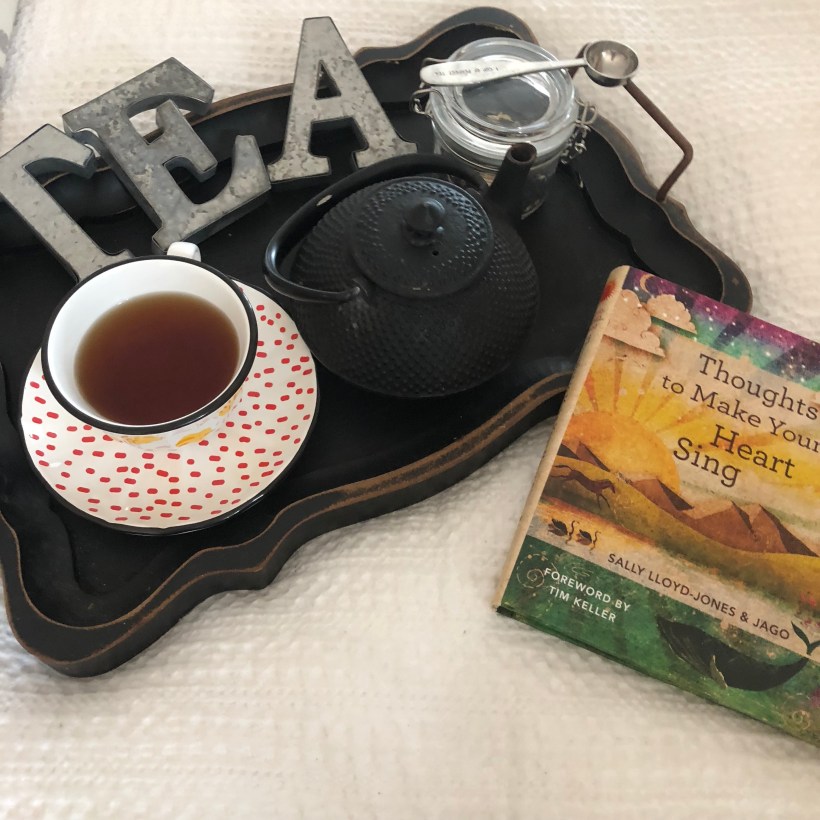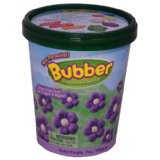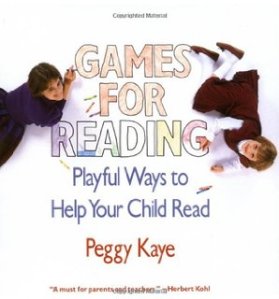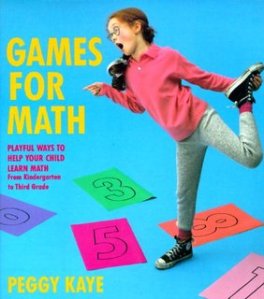
The kitchen was in disarray, books were everywhere, witnessing to the fact that my kids do indeed read and the younger children had done an amazing job of turning my living room into a rather complex fort. In the middle of this chaos I found my somewhat frazzled self sitting down at the end of my day with a cup of tea and reflecting. Did I get any homeschooling done? Did I have a productive day? What is my definition of a productive day?
It was one of those typical homeschool days where I had felt like the day had flown by in a whirlwind of activities without being productive. I was determined on a daily basis to get my checklist of homeschool tasks done and yet it never seemed to get accomplished. Can anyone relate? Your days are busy as can be and yet you don’t seem to get to the homeschooling subjects that you wanted to. I began to realize in my early years of homeschooling that I needed to have a paradigm shift on what constitutes a productive homeschool day. This is when I discovered the beauty of “Morning Time”.
“Morning Time” is a phrase that I learned from Cindy Rollins who is a veteran homeschooler of 9 kids whom have all graduated from her homeschool. She is an amazing influencer and mentor in the homeschool community. She wrote a book called “Morning Time” that changed my perspective on what was important in my homeschool. I highly recommend reading her book to get an in depth look at what “Morning Time” is all about.

“Morning Time” is a set amount of time that I set aside with my kids to study the different subjects that I want them to learn. If we accomplish nothing more in our day than “Morning Time”, my day has been a success. These subjects are usually subjects that I have always wanted to study with my children, but we just don’t seem to get around to them. For example, we might study famous artists, Shakespeare, Plutarch, science, apologetics or a famous music composer. This is also the time that I do a continuous read aloud with the kids. My current read aloud with my teenage daughter is “The Count of Monte Cristo” by Alexander Dumas and my current read aloud with my younger two children is “Prince Caspian” by CS Lewis.
This is my favorite part of our homeschool day because we come together as a family and learn about the truth, goodness and beauty in the world we live in. A Shakespeare play that we are listening to or a novel that we are reading can lead to thoughtful discussions. Another benefit of “Morning Time” is seeing a family book culture emerge in our home where my kids will remember reading certain books or topics and those topics will pop up in random conversations. My children’s humor or comments start reflecting the books we are reading. They see an artist’s painting or hear a piece of music and recognize who or what they are because of what we have studied. In my opinion, this creates more of an education for my children then simply filling out a worksheet. If my goal is to create a love of learning, then I want to introduce them to many different aspects of the world around us.
I don’t want them to learn math with the mindset of just having to fulfill a requirement. I want them to see the unique mathematic equations that exist in our world. For example, the sunflower is a mathematical creation representing the Fibonacci numbers. I want my kids to begin to see learning as an opportunity to see the world in a new way. When we study Vincent Van Gogh, what is the story behind his famous painting of Starry Night? When we enter the world of Narnia by C.S. Lewis what do we see? What is the story saying about the world around us? What are the Biblical Worldview questions that my kids are struggling with?
I cannot have these conversations when the kids are working on their everyday worksheets at their desks, but I can create a space for these discussions to happen. I began to see how this was the learning that I desired my homeschooling to have. I made a decision in my early years of homeschooling, that if we didn’t get to anything else, but we made space for “Morning Time”, we had had a productive day.
“Morning time” can look quite different depending on the ages of your kids and your family dynamics. I had years when we had little toddlers and the “Morning Time” had to be short and during the baby’s nap time. Our current “Morning Time” is actually split between my younger two kids and my teens. I wanted to read deeper books with the teens that were not as relatable to the younger kids. Our schedule has changed as the kids have gotten older and now I am able to do a “Morning Time” in the morning with my younger kids and a different time in the afternoon for my teens. Although for most of our homeschool years, I did keep all five kids together. It was logistically easier, at that time, to keep them all together and not split them up.
“Morning Time” does not have to be in the morning. There were a couple of years that we still called it “Morning Time” but my sleep deprived teens functioned better in the afternoons. Find a time in your day that works best to meet your families needs. It does not have to be complex or long. You can simply start by having a 15 minute read aloud time where you sit down and read with all your kids. You can study whatever you would like with your kids that you think would interest them. Perhaps you would rather listen to a Shakespeare play together, explore a science book or read an apologetics book as a family.
One more important thing to remember is that “Morning Time” is a journey with your kids that doesn’t always go the way you expect. There have been many “Morning Time” days that have gone far from what was ideal in my mind. I sometimes wondered why I was even incorporating it in my day. Despite the days we had of chaos, I kept cultivating the habit because I knew I was planting seeds. When you plant and water seeds, you don’t immediately see growth, but the seeds are still growing. I chose to believe that I was cultivating learning even if it seemed, at times, that they weren’t listening. As some of my kids have reached their teens, I can see the seeds that I had planted and how they have grown. The “Morning Time” was worth it! It is a lovely tool to help cultivate an atmosphere of learning. It is a part of my homeschool that I have never regretted doing.
If this concept of “Morning Time” is something that you would like to incorporate in your homeschool day, I will list some resources below that were helpful in my study of what “Morning Time” is all about. I will also list what we currently are doing for our own “Morning Time” to give you an idea of different things you can do with your kids.
Resources for “Morning Time”
“Morning Time” by Cindy Rollins (cindyrollins.net)
“My Morning Basket” by Pam Barnhill (Excellent podcast on the different parts of Morning Time)
“Back to School Conference 2019” (found at cindyrollin.net)
(Cindy did two sessions in the above conference on how “Morning Time” works and she also walked through a typical “Morning Time” that she had done with her kids. You can still purchase the recordings even though the conference was last year)
Book List-
“Morning Time” with my teens
The God who is There by Francis Schaffer
The Great Divorce by CS Lewis
Plutarch Lives- Alexander
Much Ado About Nothing by William Shakespeare
Count of Monte Christo by Alexander Dumas
The Classic 100 Poems Edited by William Harmon
“Morning Time” with my 8 and 12 year old
Bible
Taming of the Shrew by William Shakespeare
Poetry- Emily Dickinson
Picture Study- Van Gogh
Animals by Thorton Burgess
Grimms Brothers Fairytales
Prince Caspian by CS Lewis




















